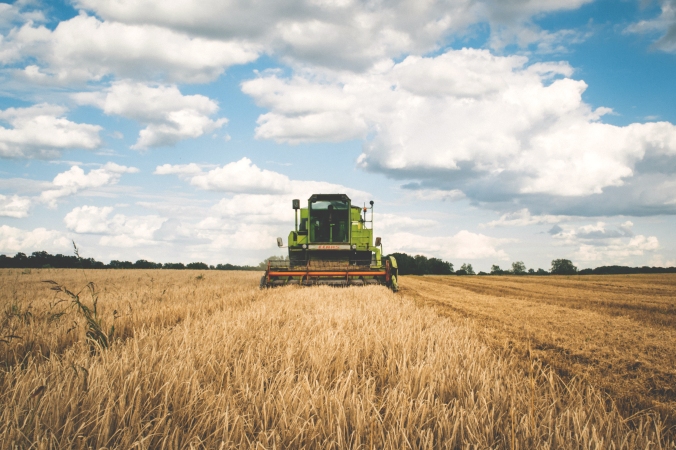If you watched any of the recent presidential election results, you may have noticed a recurring theme. As traditionally blue states turned red, a common phrase heard among reporters was that the “uneducated rural community” had made a larger turnout than what was expected. As a member of the rural community, which is quite educated might I add, I saw a few things wrong with this statement.
First, the political affiliations of a certain group of people should in no way merit the assumption of education, or lack thereof. In a society that claims to be open to all walks of life and discourages the labeling of cultural groups, I felt that the way rural voters were viewed was quite misguided.
Secondly, the definition of “uneducated” is the lack of education. Nowhere in that definition do I see that the lack of an Ivy League education or a formal college education counts as “uneducated”. Education takes place in so many other places besides a classroom. Early mornings and late nights spent in the barn, long tractor rides through open fields, and a walk through the woods gives you a real life education, and is something no four walls and a desk will ever give.

Rural life would not be possible for the “uneducated”. For many situations, like pulling a calf in the middle of the night, fixing a tractor in the middle of a field, or simply raising animals and crops, a step by step guide is not provided. Of course there are words of wisdom that are passed down through generations, but for this generation specifically, rural life requires a vast understanding of science, business management, production efficiency, and technology.
As someone with a degree in agricultural science, I am constantly reminded that it will be this generation’s job to feed the world with less land and with more efficiency than any generation before us. This isn’t something we take lightly. This is something we are preparing for, with every ounce of science, technology, and information we can grasp. But yet, we are the “uneducated” ones.
Well, I have a message for anyone who believes in the phrase that was so overused a night ago. We are far from “uneducated”. Rural Americans are the backbone of this country, they are the ones who endure the cold nights, the long summer days, and quite literally put their blood, sweat and tears into their business. They are people who truly love what they do, and have a deep desire to be successful at it, and that success wouldn’t come without education.
Rural America is a place I am proud to call my home, and is a group that I am proud to be associated with. So please, before you call us “uneducated”, remember that just because our walls aren’t covered with Ivy League degrees, doesn’t mean that our education means any less.









